``Dunkirk'' Christopher Nolan interview with one of the greatest stories in human history shaped by a new war movie

Director Christopher Nolan, who has sent out works such as “Dark Knight”, “Inception” and “Interstellar” for the first time ever, will release the movie “ Dunkirk ” on Saturday, September 9, 2017. This time, I got a valuable opportunity to ask the Nolan director a question, so I asked him to answer some questions.
Movie 'Dunkirk' Official Site
Director Christopher Nolan answering the question

Q:
You have made a great movie. I can't wait to see the finished product of this movie. What is your motivation to make a movie?
Christopher Nolan (Nolan):
I think each movie has a motive. I consider myself to be an engineer who tells a story.
I am attracted to the technical challenges of the film I undertake. But I always think I'm a storyteller and part of storytelling.
Q:
Where do you write or think during the filmmaking process? Do you have a special place or special timetable?
Nolan:
I'm not that strict. Each work requires a different approach and a different screenplay. What every movie does is travel when writing a screenplay. Go to new places and see the world for inspiration.
Q:
This is not just a war movie. It's more of a survival story or suspense movie. Did you think that would be the approach while writing the script, or from the beginning?
Nolan:
Thinking about how to tackle this story, watching a movie depicting human fighting, I thought that it is not combat that makes 'Dunkirk' unique. This is a story of withdrawal, suspense, a battle with time. So I decided to approach it as suspense and survival. That was what made 'Dunkirk' different from other war films. And I felt confident about talking in suspense. How confident is a person who has never fought in war to make a war movie?
It might be a bold idea to let the audience experience things that they haven't. But I felt comfortable drawing in suspense.
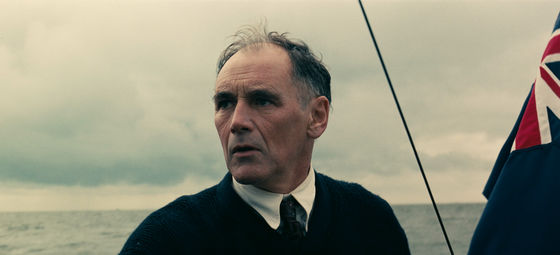
Q:
Filmed on 65 mm film. Why did you stubbornly try to shoot on film rather than digitally?
Nolan:
I want to shoot on film. That's because the resolution is much higher than digital formats. Analog color has no bandwidth limitation. Not affected by bit depth, etc. There is also a technical reason that films are most similar to what the human eye sees today.
If you want to create a real and subjective experience, shooting on film is the most accurate representation of the world you are seeing. Therefore, the fictional world seems to be real, and it is also useful for escaping reality. The resulting film footage gives the audience an experience that they can't experience on their home TV.
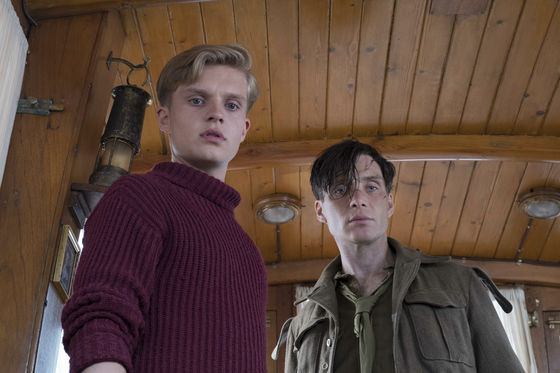
GIGAZINE (hereinafter G):
It is said that it will be drawn from the perspective of three British soldiers on the stage of 'sky,' 'sea,' and 'beach,' but when did you plan to 'take a film about Operation Dunkirk'?
Nolan:
I have always been fascinated by Dunkirk's story. In the story of Britain, the British grew up with that story and soaked into the bones. It's part of the culture, like a myth. When we talk about adversity groups, public heroism, and enemy dominance, we talk about the 'Dunkirk spirit.'
Besides, this story has never been told in a modern movie. That was very interesting. Filmmakers are always looking for gaps in popular culture. Look for things that haven't been told yet and should have been told. Dunkirk's story is one of the greatest stories in human history.
Enemies approach the 400,000 soldiers who cannot move against the sea. Their homes are so close that they are visible, but they can't get there. And they are forced to choose between surrender and annihilation. This story has become one of the greatest stories in human history because it ended in neither surrender nor annihilation. Great suspense.
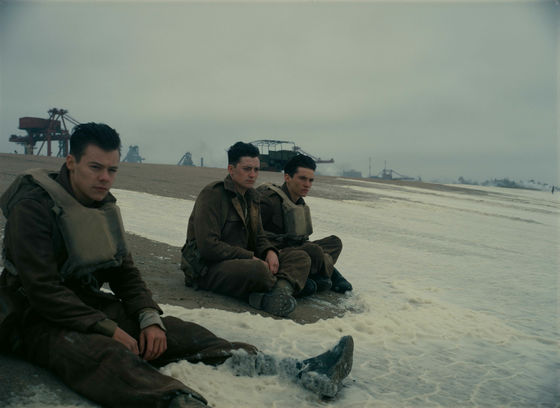
G:
How did you come up with the idea of drawing from the perspective of three British soldiers?
Nolan:
The composition of the film, which shows the events on three timelines, contrasting them from very different perspectives, was inspired by my own research into the actual facts that occurred. Reading the personal records of the parties, those on the beach saw and felt what was happening from it, while those flying above it felt and felt, and So what I saw and felt by the boaters was so different that I was shocked. All three see only a very limited, inadequate and incomplete view of the event, but the audience sees each of them and combines them to create a combined view. .. I thought it was a difficult, yet challenging challenge, and I realized it was a very different approach than the technique used in most war movies. There are often scenes in which the generals talk about what's going on around the map in the room, but I don't see any of them (the soldiers) actually experiencing it. What we were interested in was allowing the audience to have the same subjective experience that the parties would feel at the scene. I wanted to make the maximum impact on each limited viewpoint in this construction technique. So in the scene of the pilots in the Spitfire plane, the audience actually sees nothing but what the pilots see. In most cases, the camera was bolted into the cockpit to keep it stationary. The spectator then sees what the pilots are seeing and sees what they know, as well. Similarly, on the boat, the spectator's point of view with the camera is also on the boat and never leaves. I feel like I'm approaching the war zone on the ship with the soldiers.
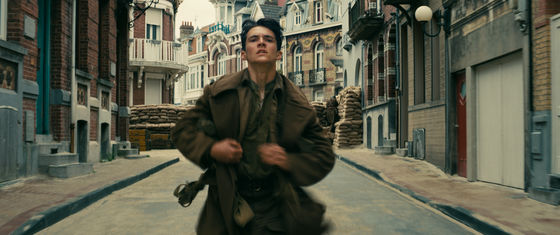
G:
The world expects 'Dunkirk' to be the ultimate movie experience. What kind of innovation isn't in the movies so far?
Nolan:
There are many innovative parts of Dunkirk. The actual event of the Battle of Dunkirk is very unique in that it is not well known and hardly filmed. I think that the core of this historical event is withdrawal, not battle, and it is very unique in that it is full of suspense. Therefore, I chose to use the words 'suspense' and 'thrill' in the description of this movie. I try to portray the stories as much as possible from the perspective of the characters, not just historical events. I think this is a new way to draw a movie about war.
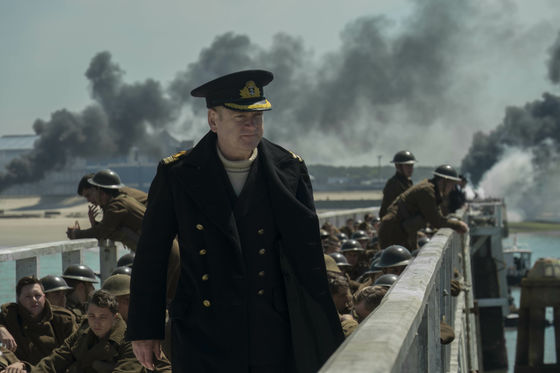
G:
There are quite a lot of scenes that surprise me asking 'I really made this!' when I knew that I was doing it as much as I could do with live action, but this time as well 'I think that the person who saw it might be CG Is there a scene that 'is a live-action film?'
Nolan:
Before I actually watch the movie, I think that many people expect the aerial scene to be CG. However, if you actually watch a movie, you can unknowingly recognize it as a real thing by seeing a realistic aerial image. So far, the air battle scene called Dog Fight has been reproduced in the movie, but I really saw the real image of the fact that the camera was put on the actual flying plane and the planes fight each other There should be no.
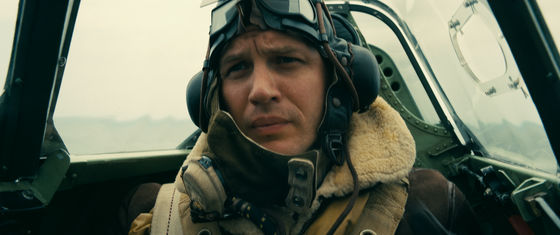
“Dunkirk” has a criticism of 98% on the movie criticism site “Rotten Tomatoes” and is also described as “Nolan's masterpiece”.

Amazon.com | Dunkirk [Blu-ray] DVD Blu-ray-Fion Whitehead, Tom Glyn Kearney, Jack Lowden, Harry Styles, Christopher Nolan
・'Dunkirk' (English title: Dunkirk) 106 minutes / July 21st US release
Director/Screenplay/Production: Christopher Nolan
Starring: Tom Hardy, Mark Lylance, Kenneth Braner, Cillian Murphy, Harry Styles and more
Official site: dunkirk.jp # Dunkirk
© WARNER BROS. ENTERTAINMENT INC. ALL RIGHTS RESERVED.
Related Posts:







